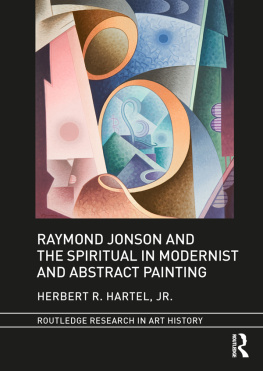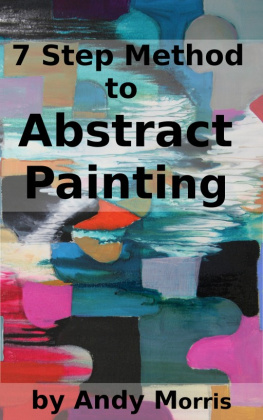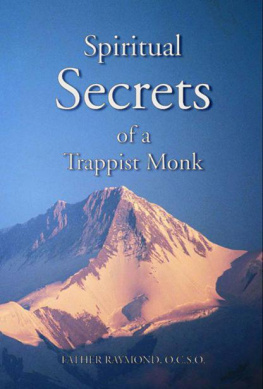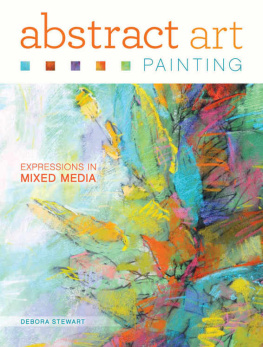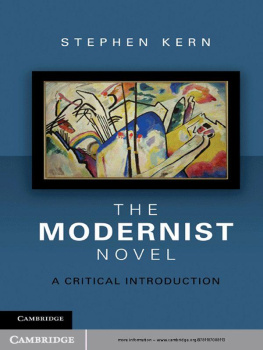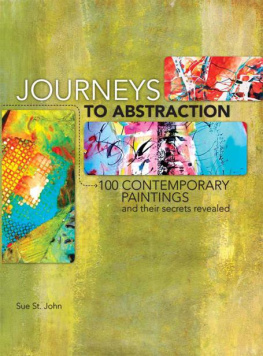Raymond Jonson and the Spiritual in Modernist and Abstract Painting
This is the most thorough and detailed monograph on the artwork of Raymond Jonson ever published. He is one of many artists of the first half of the twentieth century who demonstrate the richness and diversity of an under-appreciated period in the history of American art. Visualizing the spiritual was one of the fundamental goals of early abstract painting in the years before and during World War I. Artists turned to alternative spirituality, the occult, and mysticism, believing that the pure use of line, shape, color, light, and texture could convey spiritual insights. Jonson was steadfastly dedicated to this goal for most of his career, and he always believed that modernist and abstract styles were the most effective and compelling means of achieving it.
Herbert Hartel is an Adjunct Associate Professor of Art History at John Jay College and Queens College, CUNY.
Routledge Research in Art History
www.routledge.com/Routledge-Research-in-Art-History/book-series/RRAH
Routledge Research in Art History is our home for the latest scholarship in the field of art history. The series publishes research monographs and edited collections, covering areas including art history, theory, and visual culture. These high-level books focus on art and artists from around the world and from a multitude of time periods. By making these studies available to the worldwide academic community, the series aims to promote quality art history research.
For a full list of titles in this series, please visitwww.routledge.com/Routledge-Research-in-Art-History/book-series/RRAH
Expanding Nationalisms at Worlds Fairs
Identity, Diversity and Exchange, 18511915
Edited by David Raizman and Ethan Robey
William Hunter and his Eighteenth-Century Cultural Worlds
The Anatomist and the Fine Arts
Helen McCormack
The Agency of Things in Medieval and Early Modern Art
Materials, Power and Manipulation
Edited by Grayna Jurkowlaniec, Ika Matyjaszkiewicz, Zuzanna Sarnecka
National Identity and Nineteenth-Century Franco-Belgian Sculpture
Jana Wijnsouw
The Benin Plaques
A 16th Century Imperial Monument
Kathryn Wysocki Gunsch
The Socit des Trois in the Nineteenth Century
The Translocal Artistic Union of Whistler, Fantin-Latour, and Legros
Melissa Berry
Raymond Jonson and the Spiritual in Modernist and Abstract Painting
Herbert R. Hartel, Jr.
Radical Marble
Architecture and Innovation from Antiquity to the Present
Edited by J. Nicholas Napoli and William Tronzo
Raymond Jonson and the Spiritual in Modernist and Abstract Painting
Herbert R. Hartel, Jr.

First published 2018
by Routledge
711 Third Avenue, New York, NY 10017
and by Routledge
2 Park Square, Milton Park, Abingdon, Oxon OX14 4RN
Routledge is an imprint of the Taylor & Francis Group, an informa business
2018 Taylor & Francis
The right of Herbert R. Hartel, Jr. to be identified as author of this work has been asserted by him in accordance with sections 77 and 78 of the Copyright, Designs and Patents Act 1988.
All rights reserved. No part of this book may be reprinted or reproduced or utilised in any form or by any electronic, mechanical, or other means, now known or hereafter invented, including photocopying and recording, or in any information storage or retrieval system, without permission in writing from the publishers.
Trademark notice: Product or corporate names may be trademarks or registered trademarks, and are used only for identification and explanation without intent to infringe.
Library of Congress Cataloging-in-Publication Data
A catalog record for this book has been requested
ISBN: 978-1-138-71254-6 (hbk)
ISBN: 978-1-315-20009-5 (ebk)
Typeset in Sabon
by Apex CoVantage, LLC
Cover Image: Variations on a RhythmB, 1931, oil on canvas, 33 x 29. Private collection, Dallas. Photograph courtesy of Michael Rosenfeld Gallery, New York City.
In loving memory of my Mother, Marilyn Evelyn Junker Hartel, who taught me the true value of education.
Contents
Many people were extremely helpful and supportive in countless ways when I was researching and writing this book. Without their guidance, advice, assistance, and knowledge, this book would never have been possible. Their contributions varied, but they were all crucial, and I would like to sincerely thank each and every one of them.
First, my thanks to the editors, copy editors, and production staff at Routledge Press, without whom this book would not have gotten off the ground. My particular thanks to Isabella Vitti, my editor, and Julia Michaelis, her editorial assistant, for their faith in this project, for making the editorial process much smoother and easier than anyone could expect, for facilitating the copyediting and production, and for answering numerous questions over the past two years. I am very pleased and honored to have this book, the result of over twenty years of study of Raymond Jonson, published by Routledge Press. I also want to thank Tina Cottone for supervising the proofreading of the typeset copy as the production and editing came to an end.
Several professors from my years of undergraduate and graduate studies were essential in their teaching, their advice and critiques of my scholarship, and in the examples of the finest scholarship in art history which they established for me. This book began as my doctoral dissertation, and Marlene S. Park, my dissertation advisor, patiently read the various drafts and thoughtfully critiqued them. She was a great advocate for the study of early twentieth-century American modernist painting and sculpture. Rose-Carol Washton Long, the second reader of my dissertation, not only provided an additional critical perspective but her courses on early abstract art were among the most useful and enlightening that I ever took. Katharine Manthorne and Dean A. Porter were the other members of my dissertation committee and their help was also very important and very much appreciated. Several other professors taught me so much about the history of art, the methods of study and interpretation, and the techniques and skills of teaching and lecturing, and provided the wise encouragement every student needs. I owe them my eternal gratitude. My deepest thanks to James M. Saslow, Jack D. Flam, Ellen Davis, William W. Clark, Nick Madormo, Elinor Richter, H. Barbara Weinberg, Barbara G. Lane, William Gerdts, Judy Sund, David Dearinger, Leonard Slatkes, Maurice Cotter, Joseph Masheck, Rosemary ONeill, Anna Chave, Patricia Mainardi, and William Agee.
I would like to thank the staff of the Jonson Gallery and the Art Museum of the University of New Mexico at Albuquerque, both past and present, for all they have done for me. In providing access to records available nowhere else, in pulling original works out of the vaults for me to examine, in doing the necessary searching, filing and errand-running needed to fill my numerous orders of slides, prints and reproductions, and for answering more questions than I could ever begin to count, they have been extraordinary helpful, supportive, and generous with their time and energy. First and foremost, my deepest gratitude to Tiska Blankenship, former Director of the Jonson Gallery, for all the help and time she gave me for years when I was researching my dissertation. Her love of Jonsons work embodies the purest meaning of curating, in other words to care for and safeguard. I also want to thank Scott Williams, former Assistant Director of the Jonson Gallery, for many favors, especially his cheerful willingness to pull any work I wanted to see out of the vaults. After Tiskas retirement and Scotts departure, Cindy Leyba and Charles Chip Ware were extremely helpful with many favors as I produced several articles and essays and numerous conference papers that involved Jonson. In the past few years, Stephen Lockwood, the Collections Manager for the Art Museum of the University of New Mexico, has been extremely helpful in providing digital reproductions and permissions for this book, and I want to thank him for help that was indispensable. Finally, other staff who were helpful in years past include Jayson Hoyt, Kimberly Cleveland, Leah Cluff, and Loisia Watson.

